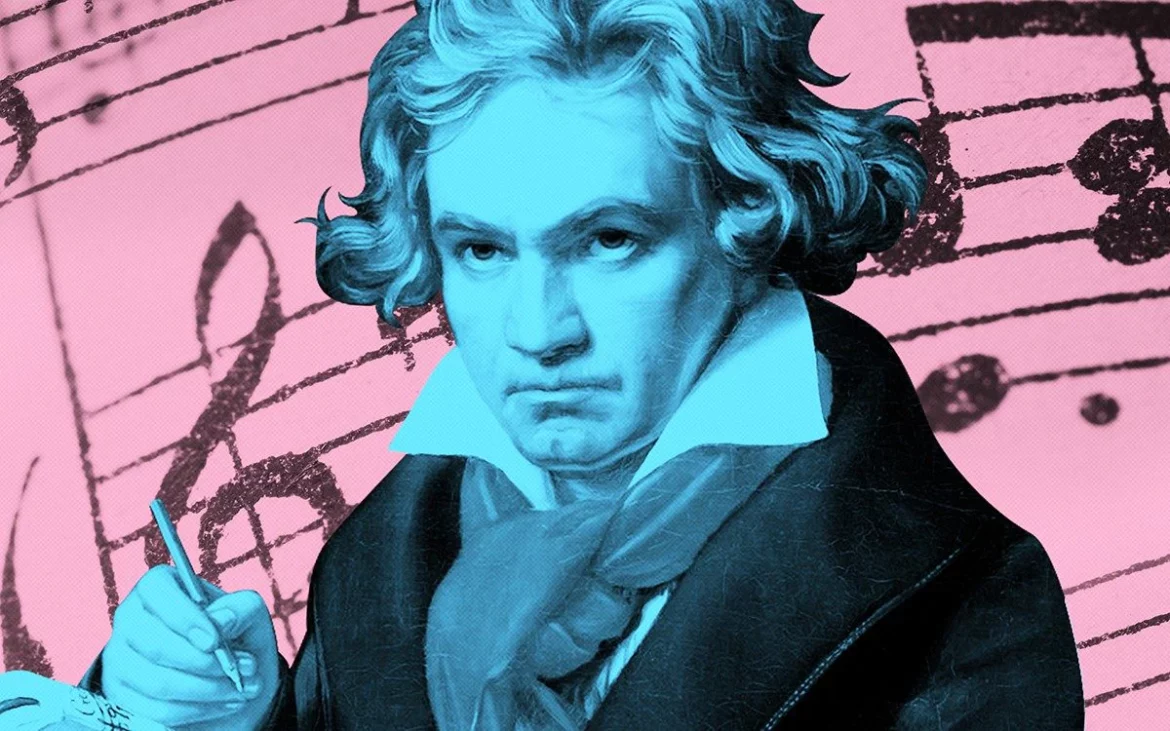Ludwig van Beethoven was born in 1770 in Bonn, Germany. He displayed musical talent at an early age and began studying music with his father. As a young man, Beethoven moved to Vienna, where he studied under Joseph Haydn and quickly gained recognition as a pianist and composer. His life spanned the transition from the Classical to the Romantic era, reflecting the profound changes in music and society during this time. The Enlightenment ideals of reason and individualism influenced his work, encouraging him to explore new emotional depths in his compositions.
I. The Period of Composition
Sonata 21, formally known as Piano Sonata No. 21 in C major, Op. 53, was composed between 1804 and 1806. This period marked a significant evolution in Beethoven’s style, characterized by bold experimentation and emotional intensity. The sonata reflects the shifting musical landscape of the early 19th century, moving away from the structured elegance of Classical forms toward more expressive and personal expressions typical of the Romantic movement. During this time, Beethoven faced challenges, including hearing loss, which profoundly affected his life and music.
1. Reception and Legacy
Upon its release, Sonata 21 received mixed reviews. Some contemporaries praised its innovation, while others found it challenging. Over time, however, it gained recognition as one of Beethoven’s masterpieces. The sonata’s legacy is evident in its influence on later composers, who admired its emotional depth and structural complexity. Beethoven’s role as a pivotal figure in music history solidified with works like Sonata 21, marking him as a bridge between Classical and Romantic styles.
II. Musical Analysis of Sonata 21
1. Structure of the Sonata
Sonata 21 follows the traditional sonata-allegro form, a hallmark of Beethoven’s compositions. It consists of three main movements: Allegro, Scherzo, and Adagio. Each movement presents distinct themes and moods, showcasing Beethoven’s innovative approach to form and expression.
First Movement: Allegro
The first movement, marked Allegro, is set in C major and features a vigorous opening theme. This theme is characterized by a lively rhythm and bold dynamics. Beethoven employs contrasting sections, including a lyrical second theme in A minor. The development section showcases his mastery of counterpoint and modulation, creating tension before the triumphant recapitulation. The movement concludes with a dramatic coda that emphasizes the thematic material and energizes the listener.
Second Movement: Scherzo
The second movement, marked Scherzo, shifts to A minor and introduces a playful yet somewhat mysterious character. This movement contrasts sharply with the first, utilizing syncopated rhythms and sudden dynamic shifts. The themes are lighthearted but contain underlying tension. The trio section offers a contrast with a more lyrical theme before returning to the playful scherzo. This movement exemplifies Beethoven’s ability to blend humor and complexity, engaging listeners in a multifaceted experience.
Third Movement: Adagio
The final movement, marked Adagio, transitions from F minor to F major, reflecting a journey from darkness to light. This movement is more introspective, showcasing Beethoven’s emotional depth. The melodic lines are expressive, featuring rich harmonies and subtle changes in dynamics. This Adagio serves as a moment of reflection, allowing listeners to connect with the composer’s inner struggles and triumphs. The movement’s serene conclusion resonates with a sense of peace, providing a fitting end to the sonata.
2. Harmonic and Melodic Elements
Beethoven’s use of chromaticism in Sonata 21 adds depth and complexity to the harmonic language. His innovative harmonic progressions challenge conventional expectations, creating moments of surprise and tension. The melodic development throughout the sonata showcases his ability to transform simple motifs into elaborate themes, weaving intricate relationships between sections. This exploration of melody and harmony reflects the evolving nature of music during Beethoven’s time, paving the way for future composers.
III. Impact of Sonata 21
1. Influence on Later Works
Sonata 21 significantly influenced later composers, particularly those of the Romantic era. Composers like Frédéric Chopin and Johannes Brahms drew inspiration from Beethoven’s emotional expression and structural innovation. The use of personal narrative and psychological depth in their works can be traced back to the pioneering spirit found in Sonata 21.
2. Cultural Significance
The sonata stands as a reflection of human experience, transcending the boundaries of its time. Its themes of struggle, joy, and introspection resonate universally, connecting with audiences on a profound level. Sonata 21 captures the essence of the human condition, aligning with broader artistic movements that sought to express individuality and emotion.
3. Performance Practices
Performance practices surrounding Sonata 21 have evolved over the years. Early interpretations focused on fidelity to Beethoven’s written instructions, while modern performances often emphasize personal expression. Pianists today explore various dynamics and tempos, bringing fresh perspectives to the work. This evolution highlights the sonata’s enduring relevance, inviting new generations of musicians to interpret its complexities.
See Also: What Do Boston Pops Orchestra Play for people Dislike Classical Music?
IV. Conclusion
Beethoven’s Sonata 21 remains a vital piece in the classical repertoire. Its blend of traditional forms with new emotional depth captures a turning point in music history. The sonata’s innovative structure and rich harmonic language laid the groundwork for the Romantic movement, influencing countless composers and performers. Its themes of struggle and triumph resonate deeply, making it a work that continues to inspire and engage listeners. As we delve into Beethoven’s world through this sonata, we uncover not only the genius of the composer but also the universal experiences that connect us all.
Related Topics
What is Stream Classical Music?
The 10 Timeless Masterpieces of Brahms Revealed
When Would You Hear Instrumental Music Before the Classical Period?

